Issues to consider
 Audio for slide 1 (mp3 |6|KB)
Audio for slide 1 (mp3 |6|KB)
Although your template form will prompt you on the main elements, there could be many other factors that have to be to be allowed for, depending on the type of job it is and who is overseeing it.
Set out below are some of the issues that may not be itemised on your form, but would need to be taken into account nonetheless.

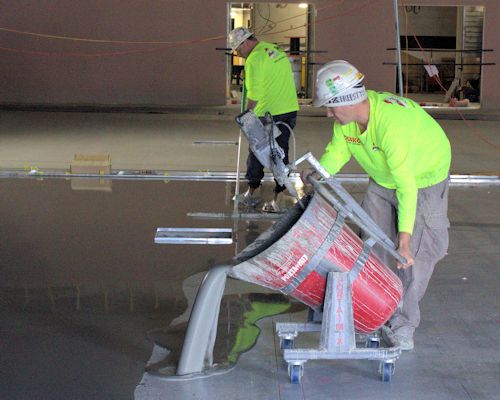 Audio for slide 2 (mp3 |6|KB)
Audio for slide 2 (mp3 |6|KB)
Safety requirements
Every worker has to comply with the work health and safety (WHS) laws that apply to their state or territory.
In addition to these laws are the regulations that cover specific parts of the Act.
You'll find more details on these laws and regulations in the unit: Safety at work.

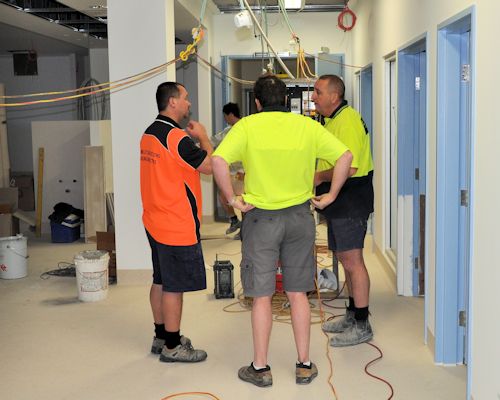 Audio for slide 3 (mp3 |6|KB)
Audio for slide 3 (mp3 |6|KB)
For instance, if you're working on a large building site your whole team may need to attend an induction session and toolbox meetings, and wear mandatory safety gear, such as hard hats and high visibility clothing.
There may also be an extra set of site safety procedures that the principal contractor has imposed, particularly in relation to working around other tradespeople and machinery.

 Audio for slide 4 (mp3 |6|KB)
Audio for slide 4 (mp3 |6|KB)
Environmental requirements
Every worker has to comply with environmental laws and regulations.
These are generally policed by the Environmental Protection Authority and the local council.
For more details on these, see the unit: Working sustainably. (You'll find this unit on the Kitchen and Bathroom Cabinetmaking website at: www.kbcabinetmaking.com.au.)

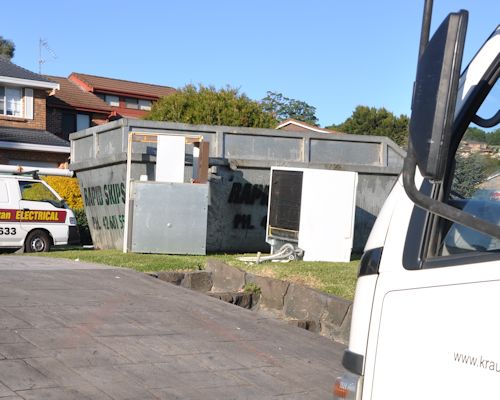 Audio for slide 5 (mp3 |6|KB)
Audio for slide 5 (mp3 |6|KB)
For example, if you're pulling up an old floor covering before installing a new one, there may be a certain disposal process you'll need to follow.
There may also be procedures relating to how you store and dispose of glues or other hazardous substances.

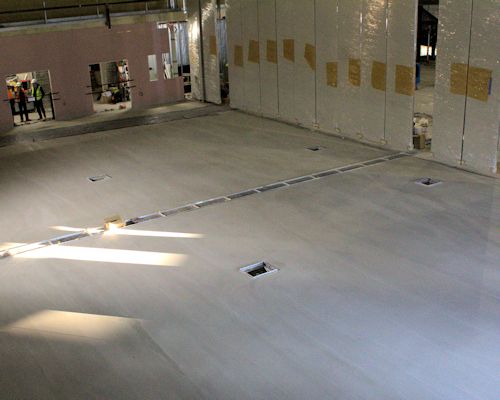 Audio for slide 6 (mp3 |6|KB)
Audio for slide 6 (mp3 |6|KB)
Site conditions and vehicle access
When you're on-site doing an inspection and measure-up, chances are it will be some time before the actual installation is due to start. So you'll need to think ahead and try to visualise what the site will look like on installation day. The best way to do this is to ask yourself a series of questions, such as:
- Will all the other trades have finished any work that needs to be done before you can begin?
- Will there be other workers on-site on the day, or activities going on that might disrupt the installation?
- Will the power be connected and the lights working?
- Will the floor be ready for the installation - for example, if it's a new concrete floor, will it be dry enough?
- Are there plans to install air conditioning or other ventilation systems, and will these be operating normally when the flooring is ready to be installed?

 Audio for slide 7 (mp3 |6|KB)
Audio for slide 7 (mp3 |6|KB)
You should also think about vehicle access and parking arrangements. Ask yourself:
- Can the delivery truck get close to the installation area, or will the materials need to be carried some distance from the unloading point?
- Is off-street parking available for the installers, and if not, will they be able to park outside without any time restrictions?

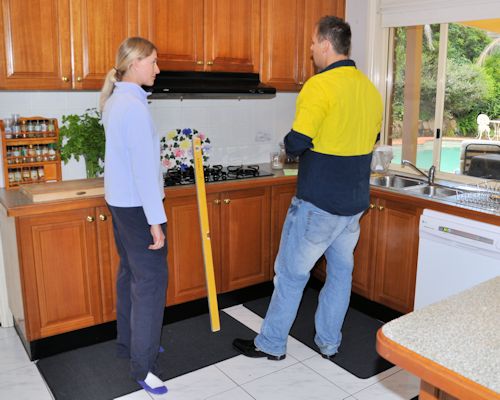 Audio for slide 8 (mp3 |6|KB)
Audio for slide 8 (mp3 |6|KB)
Estimating time frames
Although you won't need to commit yourself to timeframes until after the client has accepted the quotation, they may still ask you how quickly you can get onto the job and how long it will take to complete.
Don't get too carried away with promising a quick start - unless your workload is very light and you've got all the materials in stock.
You have to be realistic with your plans and make allowances for any hold-ups that may occur in the meantime.

 Audio for slide 9 (mp3 |6|KB)
Audio for slide 9 (mp3 |6|KB)
Here are some of the things you should consider when working out starting and finishing dates:
Other work - if you have other jobs to complete first, make sure you allow enough time for delays or unexpected hold-ups.
Non-working days - check that you haven't overlooked public holidays, workers' annual leave or flexi-days, or other days when you can't work.
Supplier lead times - make sure your suppliers are able to deliver all the materials on time, particularly if there are unusual or imported items.

Learning activity
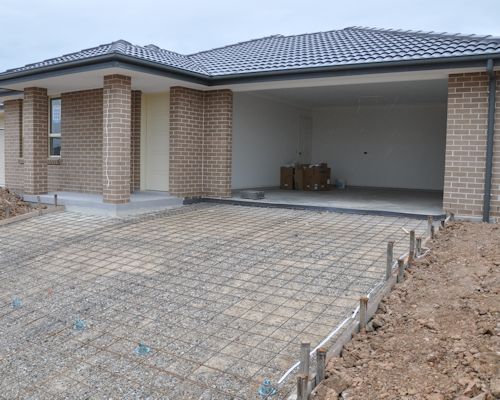 Audio for slide 10 (mp3 |6|KB)
Audio for slide 10 (mp3 |6|KB)
As you can see, there are all sorts of variables that might affect the way you carry out an installation project and the length of time it takes.
Some of them can be a bit unpredictable, but there is often information you can draw on and hints around the site to help you determine when the site will be ready for your installers.
For instance, if you arrived on-site and noticed that the street access and front yard were being excavated for a concrete driveway, you'd want to know that the concreting was going to be finished and the driveway was OK to drive on before your proposed installation date.
Can you think of other examples of features or circumstances that might alert you to issues that needed to be noted or followed up?





